We’re excited to introduce you to the always interesting and insightful Orsolya Szánthó. We hope you’ll enjoy our conversation with Orsolya below.
Orsolya, thanks for joining us, excited to have you contributing your stories and insights. We’d love to hear about when you first realized that you wanted to pursue a creative path professionally.
I’ve always been a creative kid – I was doodling all the time, taking various music classes (and not ever quite succeeding at them), and trying tons of dance forms (and truly never succeeding at them). But I always thought of the arts as only hobbies. It wasn’t until much later, in my second year of college that I ever even considered pursuing a creative career. As a public policy major, I had to realize I was taking more arts electives than major requirements, and I spent every moment outside of classes working at an art gallery and at theater shows. Although I had never planned to set out on this path, I am grateful I had the freedom to explore at such a critical time as a young adult. If I hadn’t let myself make some instinctual (maybe reckless) choices back then, I wouldn’t be where I am today.
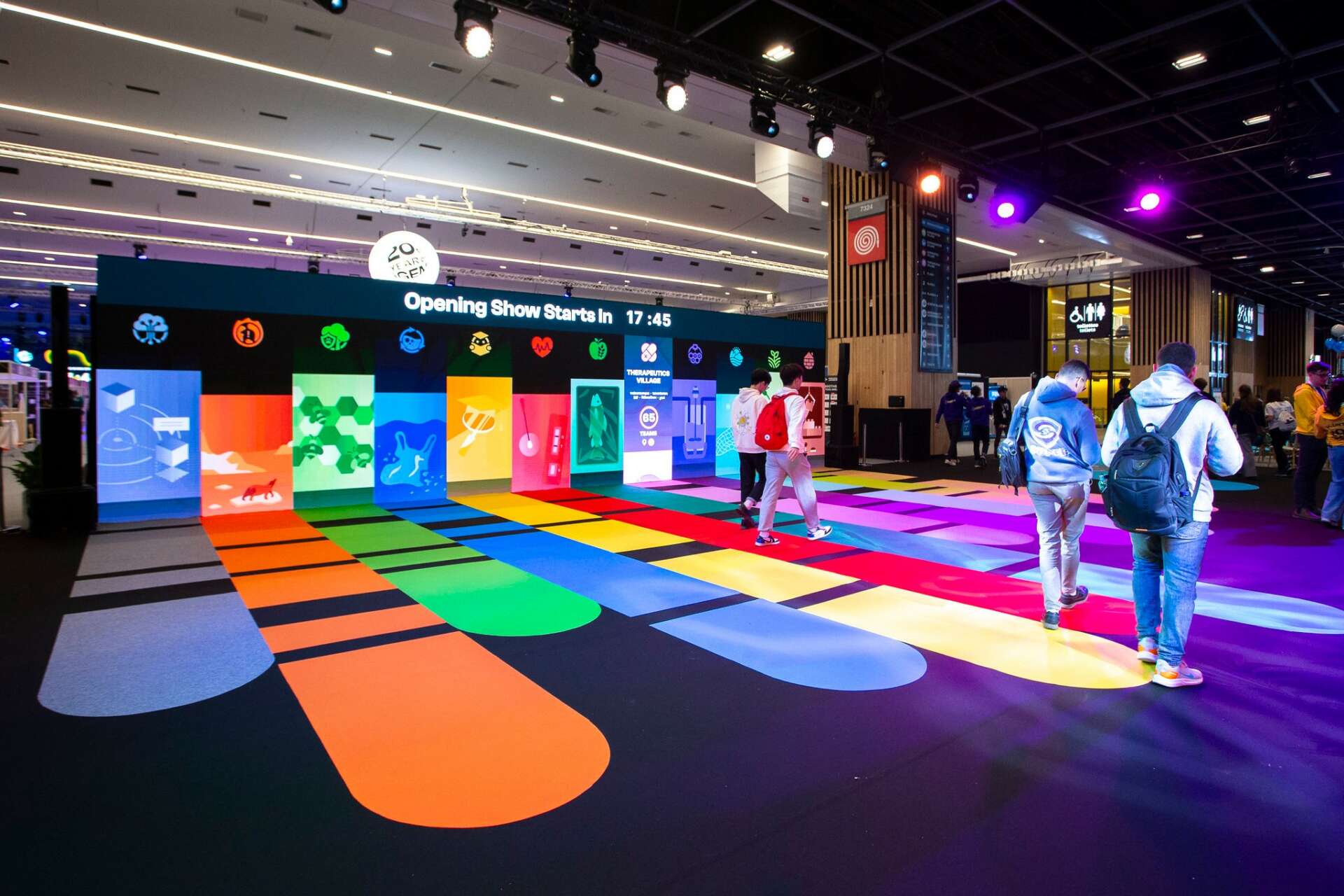
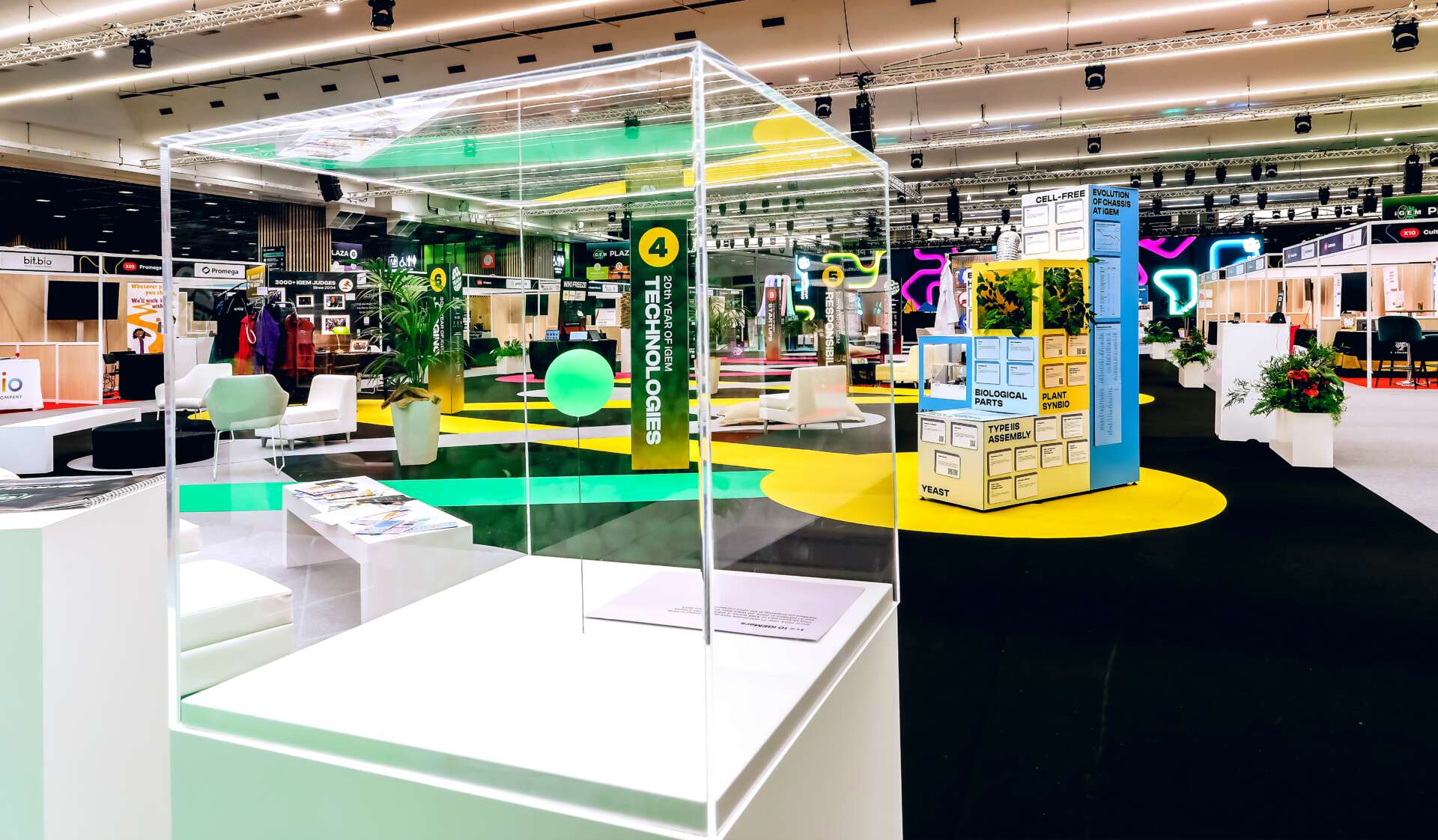
Orsolya, before we move on to more of these sorts of questions, can you take some time to bring our readers up to speed on you and what you do?
As an individual multimedia artist, I most often work as a media designer or creative director on a range of different projects – for different clients, including the iGEM Foundation’s annual Grand Jamboree, as well as on my solo artwork. But, importantly, I create a lot of my work as a member of Glitch, an arts company I co-founded, where I am a part of a 4-person core team creating interdisciplinary work that combines cinematic, digital and interactive tools with live performances. So we make things like theater that involves a lot of media and technology, short films and music videos that experiment with their narrative structure or visual world, and interactive or participatory experiences that are more immersive than a “conventional” show. While I love this current setup, the hope is my individual practice will get integrated more and more as Glitch grows and develops more self-led work.
Regardless of the setting, though, my work always centers on exploring motion-picture-based media in new and exciting ways. So sometimes, this means video and projection design for theater shows, operas, private parties, or even musical performances – like my collaborations with Kaki King where with Glitch we design projections mapped on her guitar. But other times, it means creating experimental short films, exploring new methods of animation and VFX – and hopefully soon directing my own films as well.
I realize that this can sound like a lot! I’ve got used to people questioning if all this can be done simultaneously – and be done well. Of course, the simple answer is that it cannot. I’m not editing a movie, while also designing a show, while also drawing up a new animation, and also producing an event on the side. I’d lose my mind – so I try to take projects one at a time. This way, I get focused work time on my current project at any given moment. But I like to shuffle between disciplines because, to me, these formats are clearly all tightly related forms of media, and I love developing my craft through different perspectives. Often, I find that I learn faster by applying methods I tried on a recent film project to the next live show I’m working on, or vice versa, and I love finding ways to combine more distinct art forms as well.
What’s best about having co-founded Glitch is having a group of artists from different backgrounds who all think this way. We all love working across various disciplines and engaging in several distinct projects, and we share a passion for bringing cinema and technology into live arts settings. On our core team, we have an all-rounder filmmaker (Irene), an interactive coder and light designer (Karina), and an actor-director who is also a game designer and projectionist (Attilio). In such a diverse team, it’s super easy to get challenged to try things I’ve never done before – and sometimes just challenging to decide where to go next. But what’s magical is that we all bring our different passions, project ideas, and areas of expertise – it keeps things interesting. It also keeps us experimenting in ways that more traditional collaborations are often hesitant to try. I think this approach really sets us apart as a company with a unique angle on the role of media and technology on stage – and beyond.
While we often have ongoing original projects ourselves, we are always excited to find new collaborators who look for well-integrated experiential or media design in their projects. We’re most passionate about working on projects with artists and organizations – but we enjoy more commercial and client-facing creative work, too. We had incredible experiences working on interactive shows or immersive projections with companies like City Lyric Opera, Gamiotics, the Prague Quadrennial, and David Stark Productions, designing video for shows at places like The Kennedy Center or the Longacre Theater on Broadway, and creating media and direction for several productions at the Juilliard School and at NYU, among others. In the coming year, we are primarily looking forward to developing more original work, so we have been seeking development opportunities to complement our upcoming Spring 2024 residency at the Mercury Store – but we always love a new challenge, too.
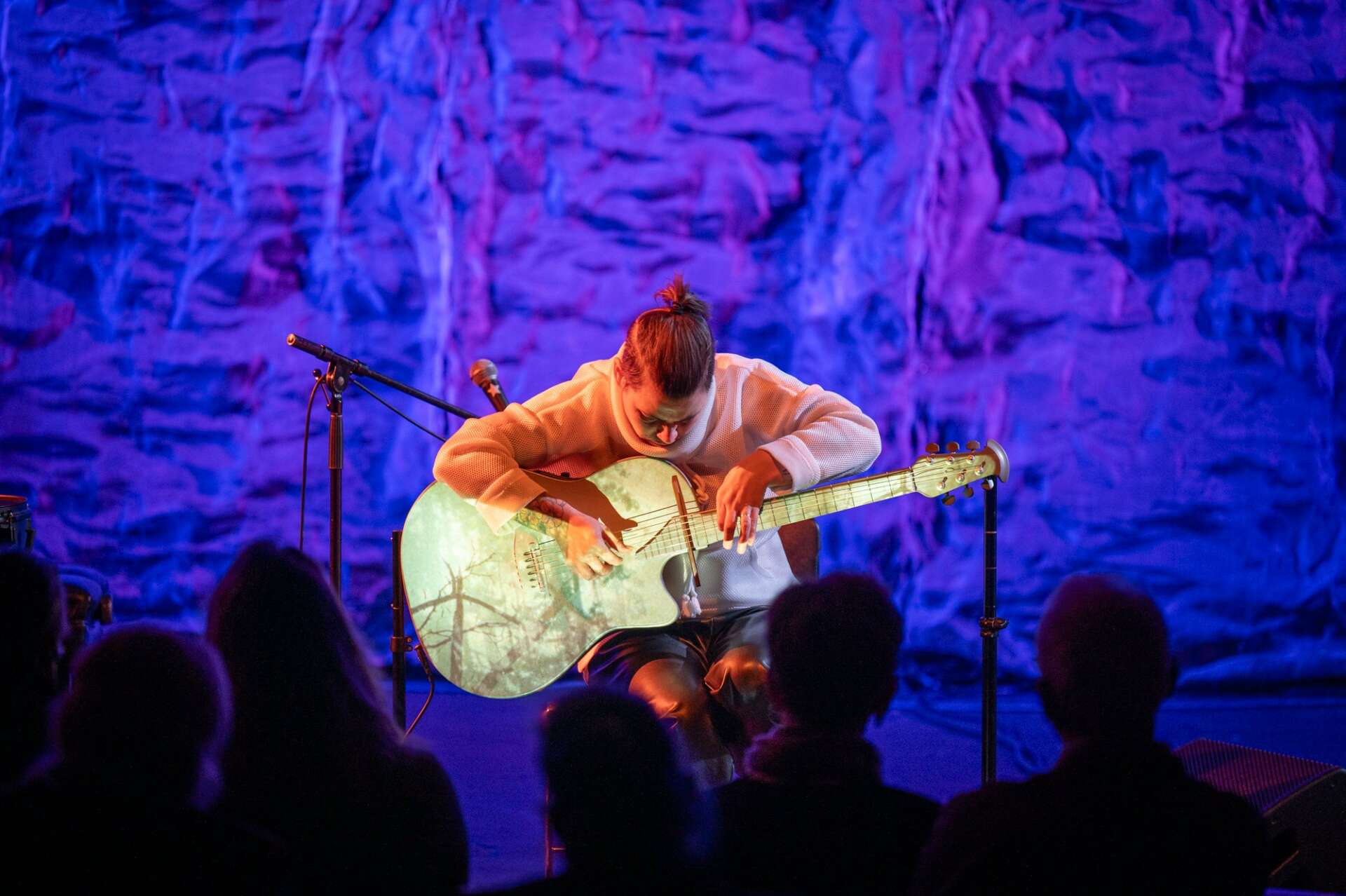
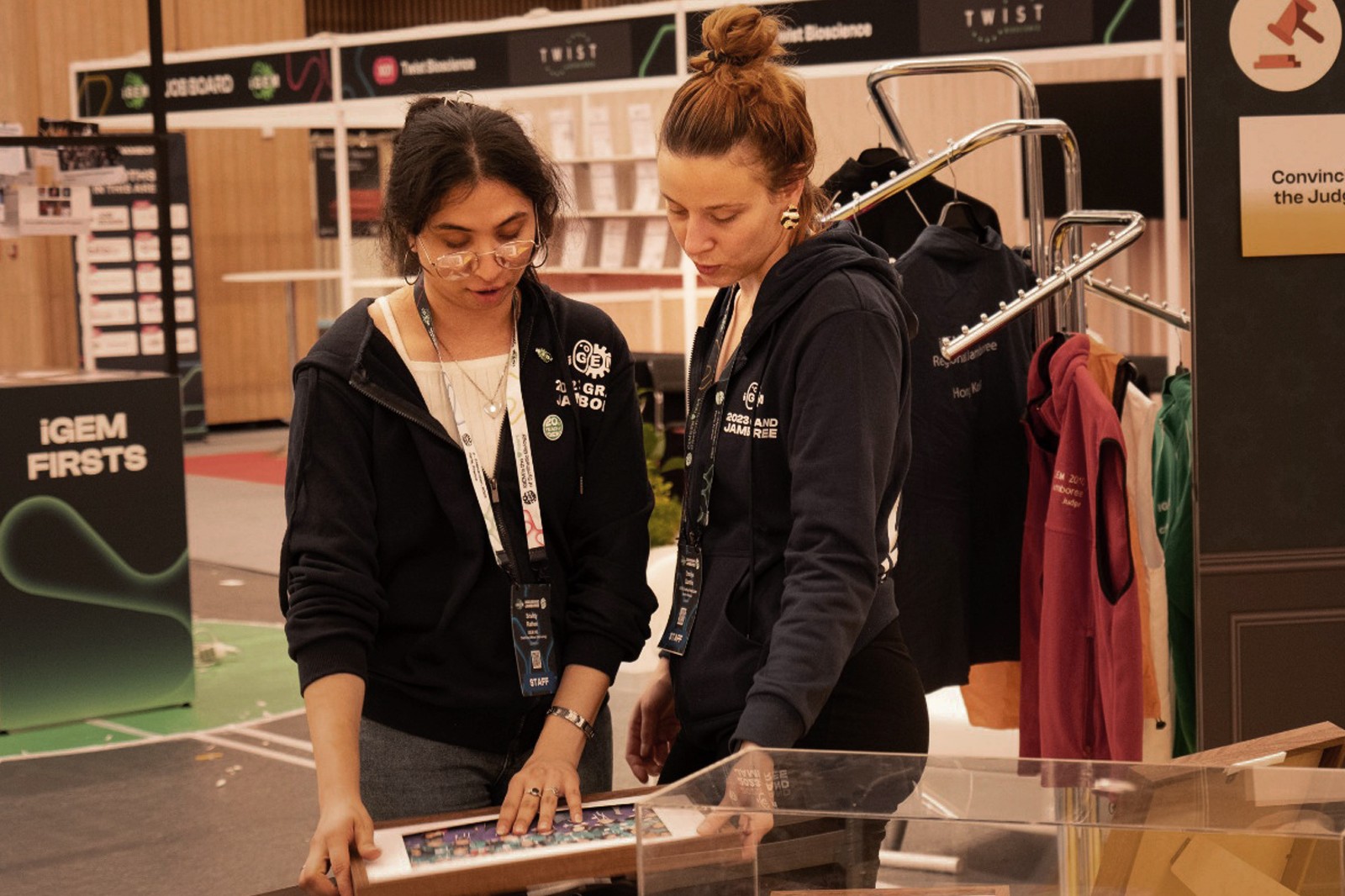
Is there a particular goal or mission driving your creative journey?
At the core of everything I do, there is one central idea: that art and media technologies are our most powerful tools for connecting people. As technology has become so ever-present in our lives, it has become easy to only think about its dangers and negative impact on our human relationships, privacy, security, and more – and these are all crucial concerns. But it’s also clear that technology has incredible potential to connect people as well – and the way personal devices, social media, and now the rise of AI technologies are often so dangerously alienating (at best) is exactly the reason why we have to find better ways to use them. For me, the arts seem to provide a fertile space for experimentation with this idea, for finding ways to use technology to shift people’s perspectives of themselves and strengthen their sense of belonging together. Whether this happens through interactive or game elements in a live group experience, a multimedia-centered show where the live cameras and video rise to the level of a co-performer, or an experimental short film focused on tight human relationships is secondary. The medium varies to help investigate the same central experiment: using technology in ways that bring us together.
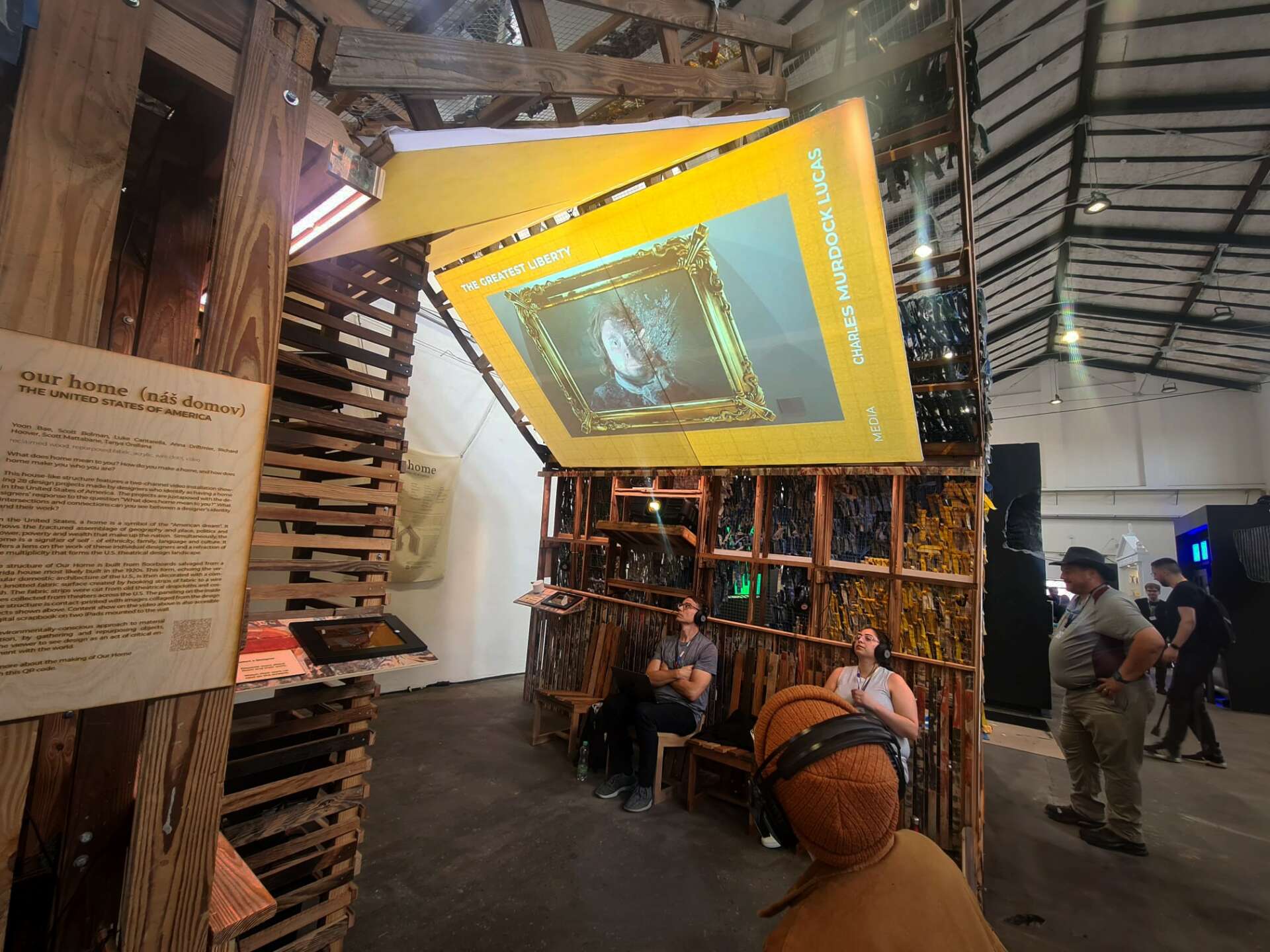
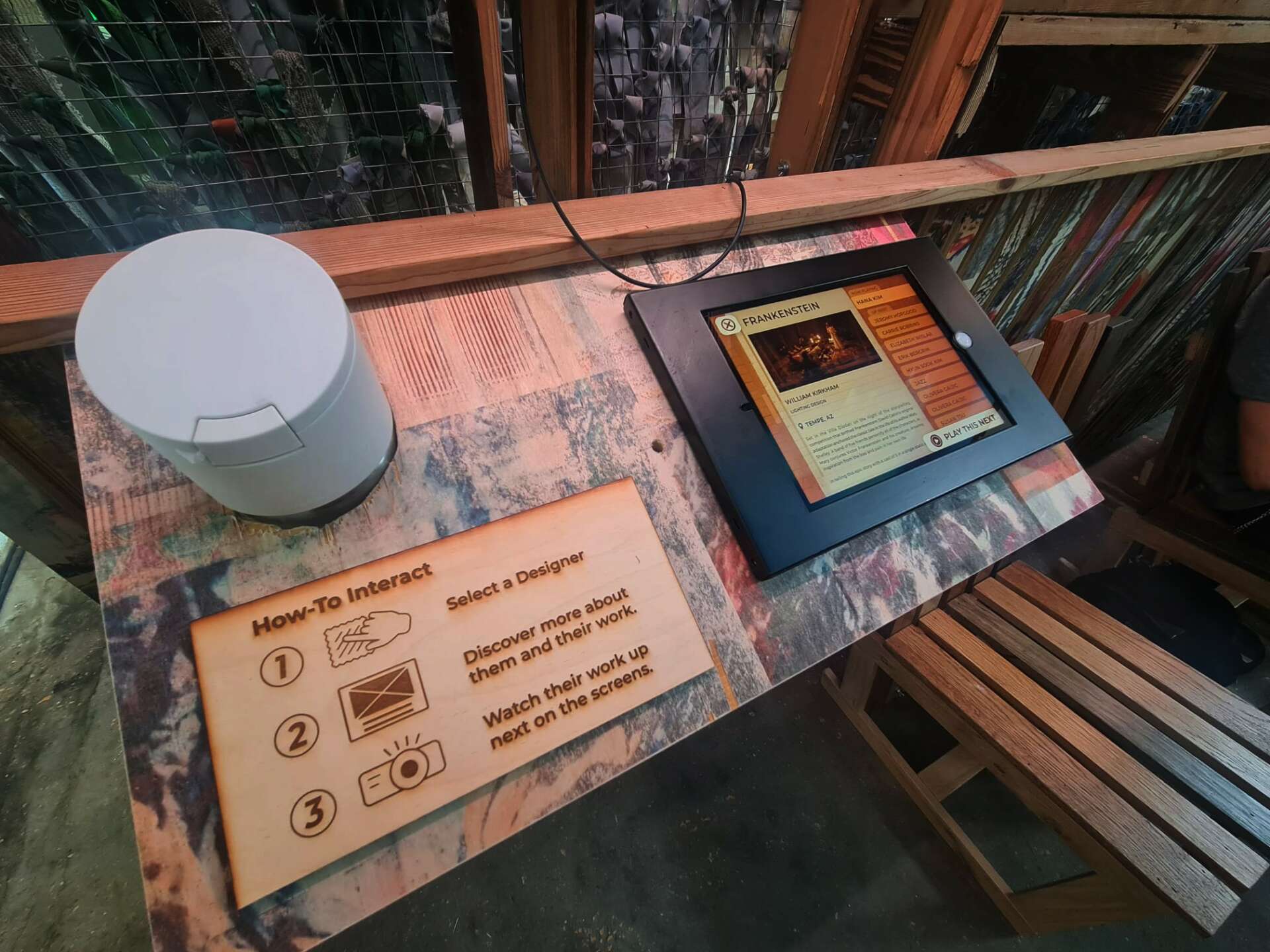
How can we best help foster a strong, supportive environment for artists and creatives?
There’s so much change needed in different levels of the field that it’s hard to even get started! But maybe I’ll start with one of the biggest issues that’s been at the top of my mind recently.
While I see a lot of initiatives trying to expand opportunities to more creators, I think there is still a monumental initial barrier to starting an artistic career, which makes the field widely inaccessible for aspiring creators who are just beginning their paths. Most artists I know, myself included, had to really struggle in the beginning, often taking internship or assistant positions without any compensation – which is a huge privilege to be able to do at all. Having a full academic scholarship made this possible for me, but those kinds of opportunities are extremely rare. The issue is that, as an industry, most art fields rely heavily on unpaid labor. I guess the thinking is that these entry jobs are so unspecialized that anyone can do them, so inexperienced creatives should be thankful to even be in a position where they can learn despite their lack of experience. But the truth is, even if the work is unspecialized, it needs to get done, and we have to forget this idea that artists should be grateful to even get to work.
But, okay, to not be only gloom and doom about this, here are some maybe more actionable steps to address this problem, for different people in different positions of the ecosystem:
For anyone in hiring or producing positions, try to structure your work so that you can compensate everyone on your team or crew. Make it embarrassing not to pay for people’s work. I recognize funds are always tight, and this shift can be an enormous challenge, but it’s one of the only ways to ensure more access. At the very least, maybe create some paid entry-level positions for early career artists who would otherwise be unable to join the project – for example, through a support program or in any creative way you can think of.
For mid and late-career artists, even if you aren’t in a hiring position, you can still advocate for your assistants to get paid. If that’s not relevant to your practice, or you are trying to do more, mentoring younger or earlier career artists around you is also hugely impactful. One thing I try to do -because others have done it for me- is to offer time and advice to artists navigating through challenges I have faced before. This can be as simple as asking someone if they need any help reviewing an application or portfolio, being open to writing cover letters, and, especially, connecting others to opportunities or recommending your previous assistants for jobs. While some of these are small actions, I’ve experienced firsthand that they can really go a long way.
For the general public, and this includes me as well, I think we could all be more conscious and appreciative of the work and effort that goes into producing creative work. I imagine this could look like consciously choosing to shop from independent creators for gifts instead of buying mass-produced work. It can look like going to independent cinemas or bookshops, attending more artist-focused events if those are accessible where you live, or even just choosing to support shows by smaller, local arts groups instead of going to a large commercial theater or movie theater, at least from time to time.
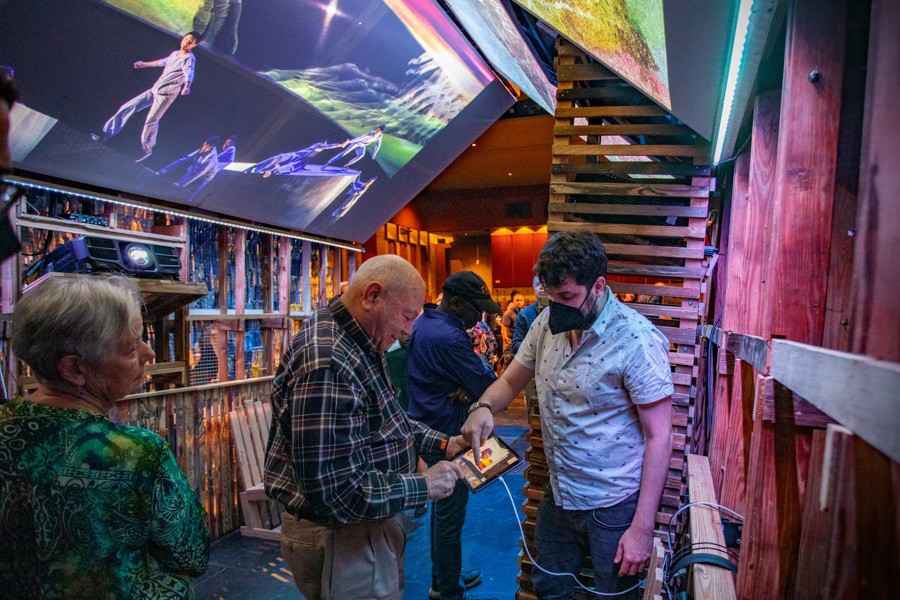
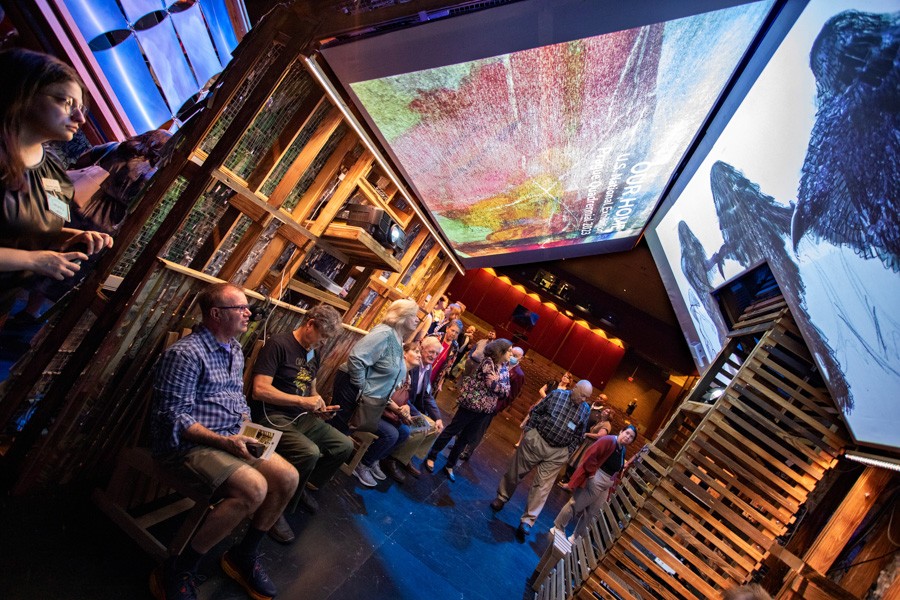
Contact Info:
- Website: Visit my arts production company at glitchworks.org and find my personal portfolio at orsolyaszantho.com
- Instagram: @orsolyaszantho
- Linkedin: linkedin.com/in/orsolya-szantho/
Image Credits
Images of Orsolya and Kaki King : Iowa Public Radio – MIKE GUSTAFSON, M/Design/The B-Side Images of the PQ 2023 exhibition: FSU Photography Services and Orsolya Szantho Images of Orsolya and her work at iGEM 2023: the iGEM Foundation


